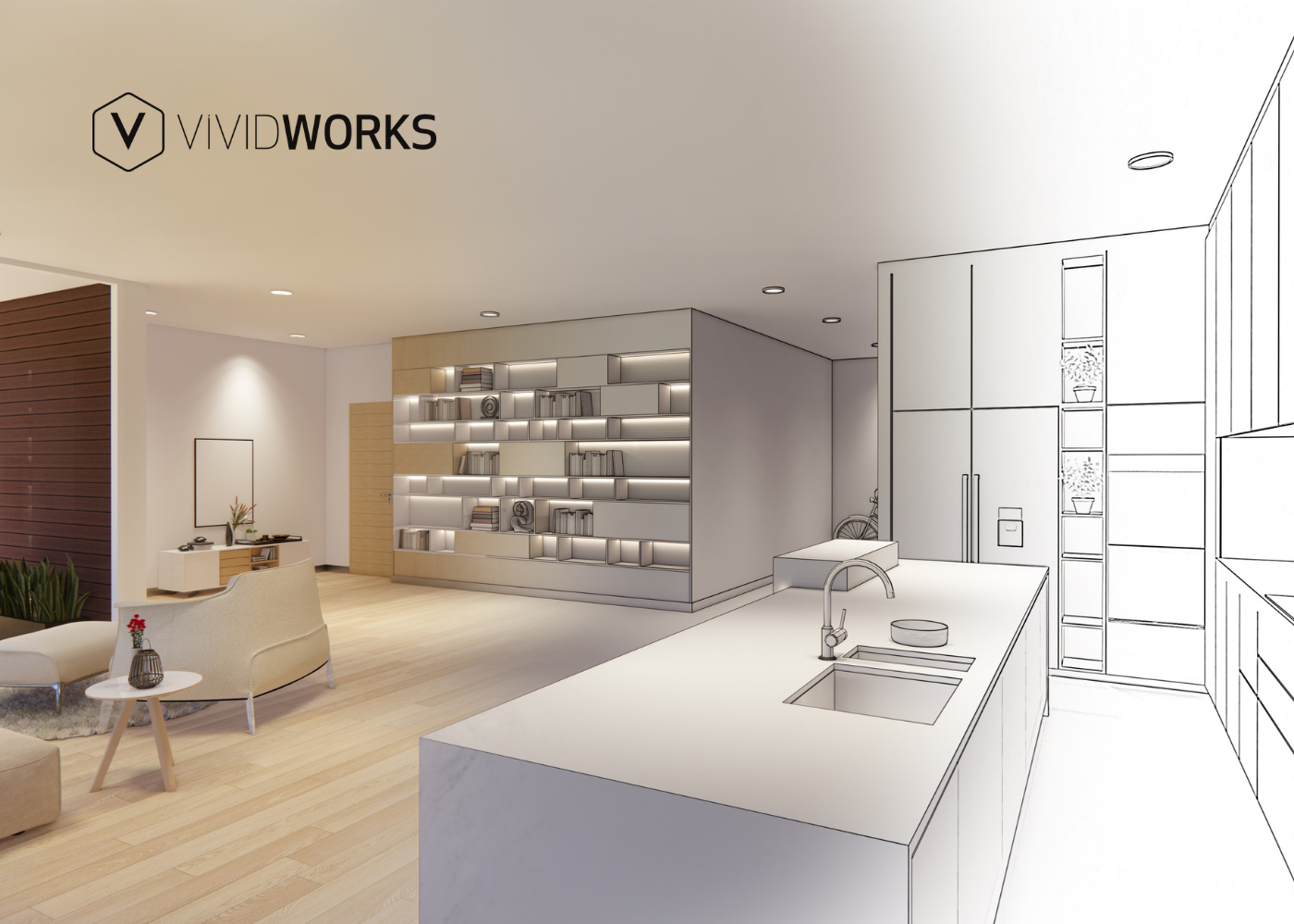Expert customers are changing sales work
A key factor in this transition is the ability of customers to explore services and products online prior to launching tenders, or even to take the initiative and simply choose a service vendor without a traditional tendering stage.
Because information gathering is easier, customers are learning more, which is in turn making them more demanding. Salespeople must meet the customer's business challenges and provide tangible solutions to problems, rather than just giving basic information. While customer acquisition work of sales staff is reducing, design work is gradually being shifted onto their 'plates'. Kit homes are not being bought purely on the basis of blueprints, nor paper making machines on the basis of scale models. Customers are demanding tailored solutions and tangible demonstrations, which traditional sales material cannot provide. The answer lies in new kinds of tools and operating models.
Use of technology reduces human error
Just a decade ago, when a salesperson sold a product such as new production machinery to a customer, the customer made the purchasing decision and certain basic issues were agreed. Then, the customer turned to the design department to discuss which of the features promised by the salesperson could actually be implemented. The final product was therefore a kind of compromise between the agreed price and realistic features. Time and money had already been wasted and several misunderstandings had to be cleared up.
Nowadays, planning begins with an initial meeting with the salesperson, where the informed customer doesn't buy a mere idea, but more of a pre-designed solution- a simulation of the final result. Instead of a sale, this is referred to as the pre-design phase. The term 'co-creation' has been something of a buzz word in recent years, meaning designing and going through things with the customer on the customer's terms. The product progresses to production once certain features have been finally agreed with the customer.
The sales person is expected to present and simulate the product to a considerable extent before the purchase decision is made, which is not a bad thing. When customers can participate in designing their own product from the start, they commit to the process considerably more than when being sold a 'figment of the imagination': visualization and simulation of the end result make shared understanding tangible. In addition, customer satisfaction increases if the customer knows (at every stage) what will roll off the production line. It is to everyone's advantage to reduce the likelihood of error.
Digital Twin turns compromise into a customer experience
The concept of the digital twin originated in NASA projects for testing space capsules before sending them into orbit. A copy of a product created in digital format eases the visualization of features and even practical testing, while making prototyping fast and cost-effective. With a digital twin, animation can be used to test a product in its use environment while visualizing issues such as safe distances and other practical requirements. It can also be used to present products to wider audiences, and as a handy way of gathering constructive feedback from a customer or colleague.
NASA no longer holds exclusive rights to digital twin technology, paving the way for its more widespread accessibility. Consequently, the digital twin development cost is now accessible and varies, depending on the application and scale of the project. Digital twins are widely used in areas ranging from sales departments to product development, testing, employee training and maintenance. Among the unlimited number of applications, digital twins are used in the design of electric motors and wind turbines, the sale of configurable products, production-line simulation and asa floor planning tool for logistics, hospitals, estate agents and public facilities.
XR technology is commonly used to test products in consumer markets: for example, you can use an AR application to test makeup on your own face, or add furniture and re-design your home interior. XR technology is bringing new dimensions to the use of digital twins and B2B sales, allowing customers to explore solutions they have helped to design themselves.
Twins of entire solutions are just over the horizon
What will the future hold if what I have described above is the reality of sales work?When digital twins go mainstream, the technology will be scaled up into digital twins of overall production, for example. Instead of a single machine, an entire production facility can be designed, with digital twins used to provide maintenance training independently of time and place. Entire processes can be tested instead of products. Components or entire production lines can be combined and the best functions, practices and configurations tested.
As mentioned previously, in the current sales world, salespeople cannot avoid participating in the design phase, so they need proper tools. Visual CPQ tools with 3D diagram and XR add-ons are valuable for making the customer's dreams come true. This would end the need for compromises: customers get whatthey want and salespeople see what they are selling. Guesswork, marketing of mental images and purchasing based on measurements can become a thing of the past. Technology will boost each stage of the sales process!
Author:
Johannes Niemi
Chief Revenue Officer
VividWorks Oy
Table of Content
-3.avif)
Streamline your process today!



.avif)



